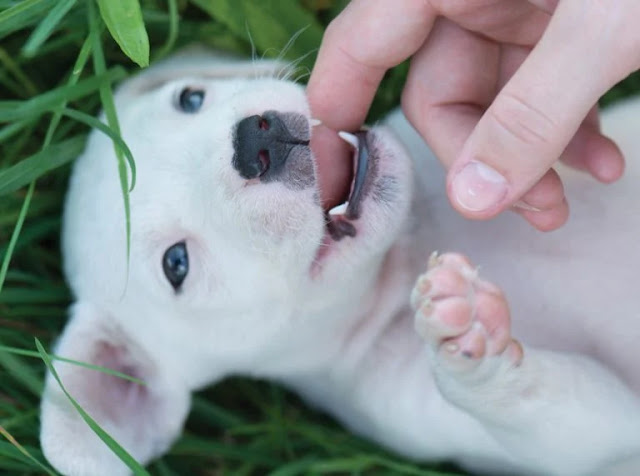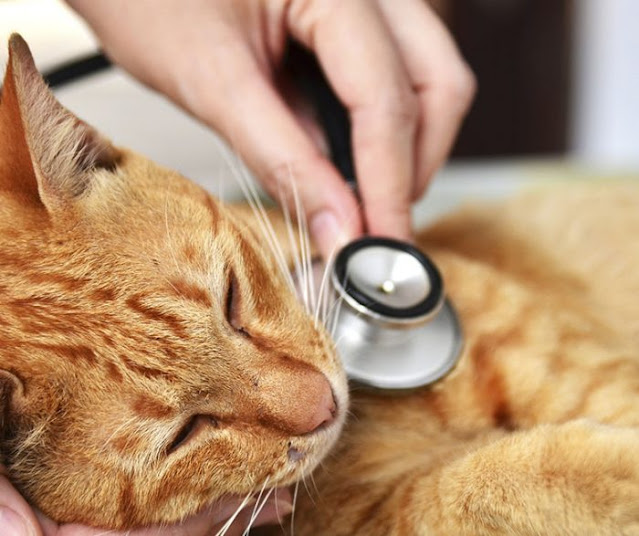how much to feed cat? Explain in detail
Best Cat Food Brands
Feeding your cat a balanced and nutritious diet is essential for their overall health and well-being. With so many cat food brands available on the market, it can be overwhelming to choose the best one for your feline friend. To help you make an informed decision, we have compiled a list of some of the top cat food brands:
- 1. Royal Canin
- 2. Hill’s Science Diet
- 3. Purina Pro Plan
- 4. Iams
- 5. Blue Buffalo
- 6. Wellness
- 7. Orijen
Homemade Cat Food Recipes
If you prefer to prepare homemade cat food for your furry friend, here are a few recipes that are both nutritious and delicious:
- 1. Chicken and Rice Delight: Cook boneless chicken and brown rice, then mix them together for a simple and healthy meal.
- 2. Fish Feast: Steam a filet of fish and serve it with a side of cooked vegetables like carrots or peas.
- 3. Turkey Treat: Roast turkey and shred the meat. Mix it with cooked quinoa and a tablespoon of pumpkin puree for a tasty meal option.
Cat Feeding Schedule
Establishing a consistent feeding schedule is important for cats.
Here’s a sample cat feeding schedule:
- 1. Morning: Feed your cat a portion of their daily food allowance.
- 2. Mid-day: Leave out some dry kibble for your cat to snack on.
- 3. Evening: Feed your cat the remaining portion of their daily food allowance.
- 4. Optional: Provide a small bedtime snack if your cat has a healthy weight.
How to Feed a Cat
Feeding your cat may seem straightforward, but there are a few important things to keep in mind:
- 1. Choose the right cat food: Look for high-quality cat food that meets your cat’s nutritional needs.
- 2. Portion control: Follow the feeding guidelines on the cat food packaging to ensure you’re giving your cat the appropriate amount.
- 3. Avoid overfeeding: Obesity is a common issue in cats, so be mindful of portion sizes and avoid excessive treats.
- 4. Provide fresh water: Always have a bowl of clean, fresh water available for your cat.
- 5. Monitor your cat’s weight: Regularly weigh your cat and adjust their food intake accordingly to maintain a healthy weight.
How Often to Feed Cats
The frequency of feeding your cat depends on their age and individual needs.
Here are some general guidelines:
- 1. Kittens: Feed kittens 3-4 times a day until they are around 6 months old.
- 2. Adult cats: Most adult cats do well with two meals a day, spaced approximately 12 hours apart.
- 3. Senior cats: Older cats may benefit from smaller, more frequent meals to aid digestion.
Recommended Cat Food
When choosing cat food, look for options that meet the following criteria:
- 1. Complete and balanced: The cat food should provide all the essential nutrients your cat needs.
- 2. High-quality protein: Cats are obligate carnivores and require a diet rich in animal-based protein.
- 3. No artificial additives: Avoid cat foods that contain artificial colors, flavors, or preservatives.
- 4. Age-appropriate: Consider your cat’s life stage when selecting cat food.
Balanced Diet for Cats
A balanced diet for cats should consist of:
- 1. Protein: Cats require a diet high in animal-based protein sources.
- 2. Fats: Healthy fats provide essential fatty acids for your cat’s skin and coat health.
- 3. Carbohydrates: Cats have a limited ability to digest carbohydrates, so they are not a necessary component of their diet.
- 4. Vitamins and minerals: A variety of vitamins and minerals are necessary for your cat’s overall health.
- 5. Water: Adequate hydration is crucial for your cat’s well-being.
Nutritional Needs of Cats
Cats have specific nutritional needs that must be met for optimal health.
Some key nutrients for cats include:
- 1. Taurine: Essential for heart and eye health in cats.
- 2. Vitamin A: Important for vision, immune function, and skin health.
- 3. Omega-3 fatty acids: Contribute to a healthy coat and skin, as well as overall well-being.
- 4. Calcium and phosphorus: Crucial for bone health and growth.
- 5. B vitamins: Necessary for energy metabolism and overall vitality.
How Much to Feed a Cat
Feeding your cat the right amount of food is essential to prevent overfeeding or underfeeding. The exact amount can vary based on factors such as your cat’s weight, age, activity level, and overall health. It’s best to consult with your veterinarian to determine the appropriate portion size for your cat. As a general guideline, cats typically require 20-25 calories per pound of body weight per day. However, this can vary depending on individual needs.
How Much to Feed a Cat Chart
While there is no one-size-fits-all chart for how much to feed a cat, here’s a rough guideline based on caloric intake:
- 4-8 lbs: 150-250 calories per day
- 8-12 lbs: 250-350 calories per day
- 12-16 lbs: 350-450 calories per day
- 16+ lbs: 450+ calories per day
How Much to Feed a Cat by Weight
To determine how much to feed your cat based on their weight, it’s important to consider their activity level and body condition. If your cat is overweight, you may need to reduce their caloric intake. If they are underweight or highly active, you may need to increase their food portion. Remember to always monitor your cat’s weight and adjust their feeding accordingly.
How Much to Feed a Cat per Day
Dividing your cat’s daily caloric intake into multiple meals throughout the day can help prevent overeating and promote better digestion.
Here’s a general guideline for how much to feed a cat per day:
- 2-4 meals: Divide your cat’s daily caloric intake into 2-4 meals, spaced evenly throughout the day.
- Free-feeding: Some cats do well with free-feeding, where food is available at all times. However, this may lead to overeating in some cats.













